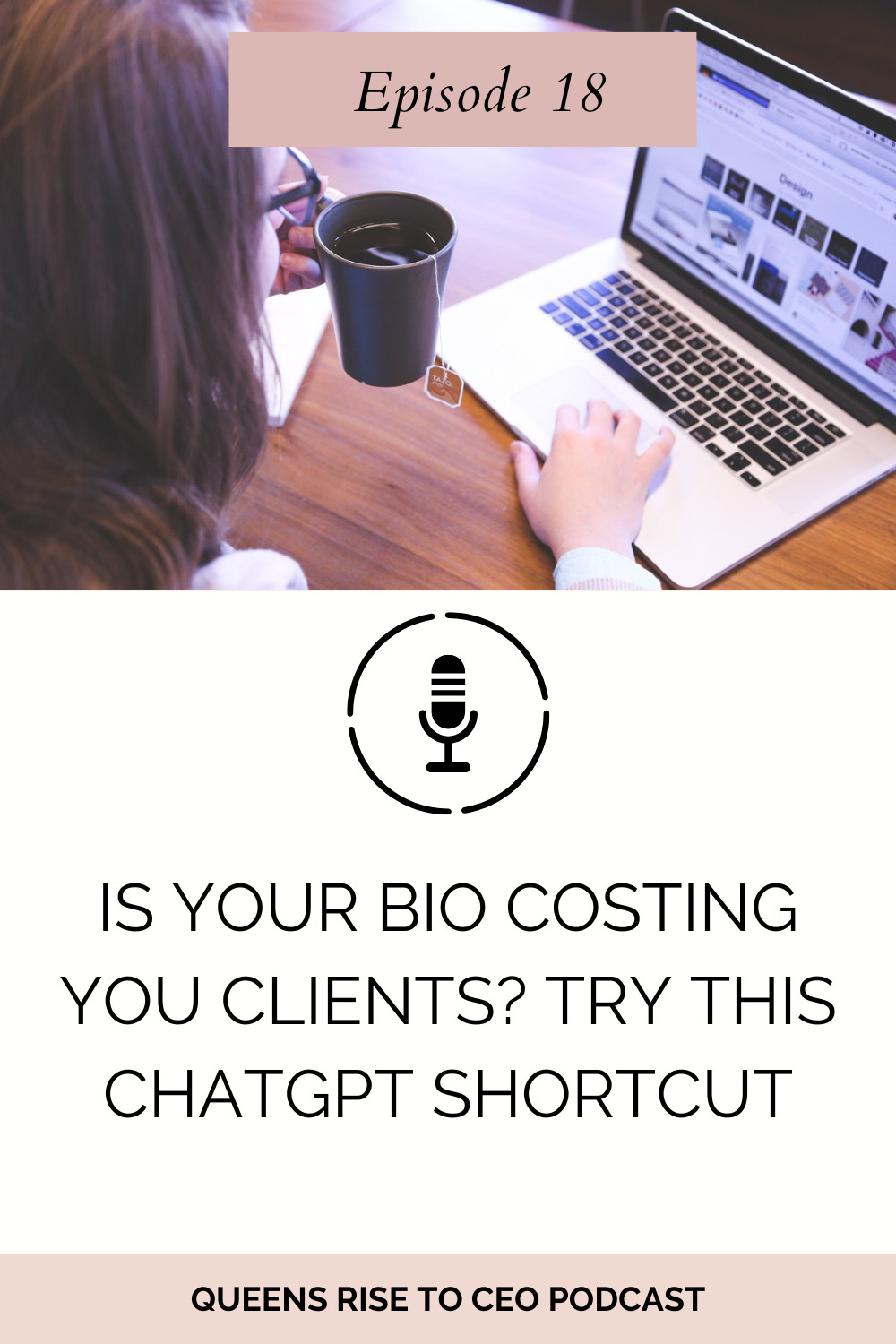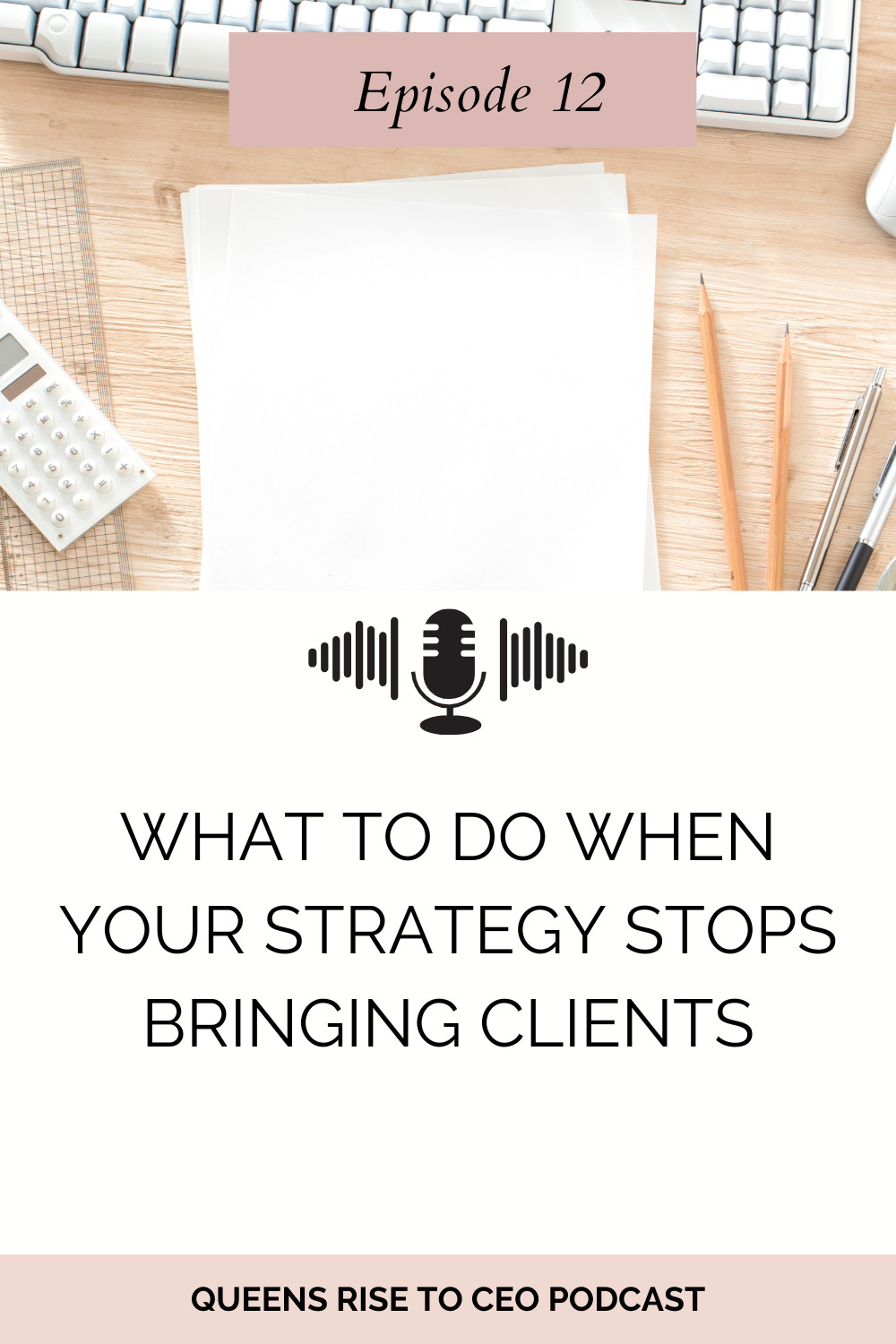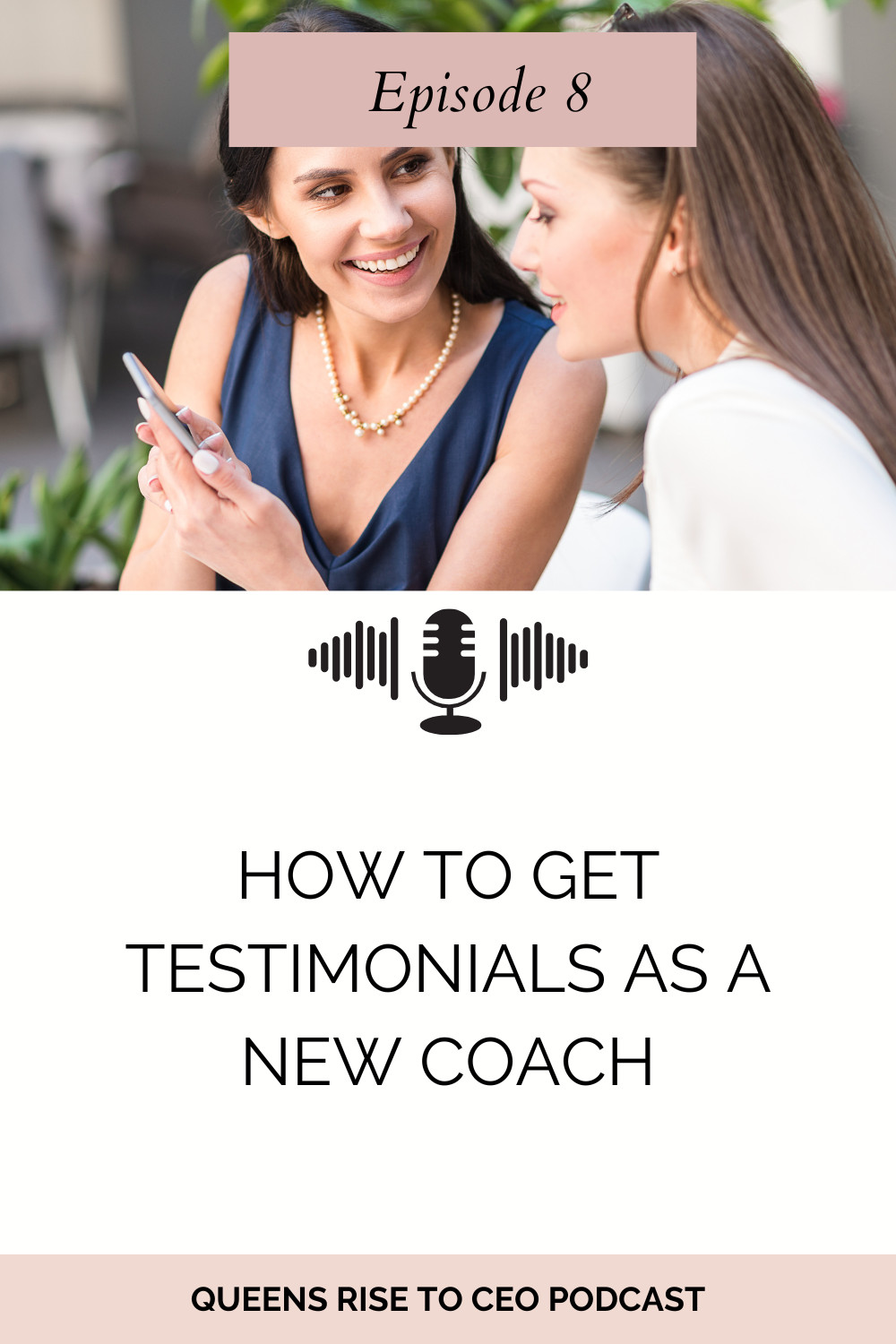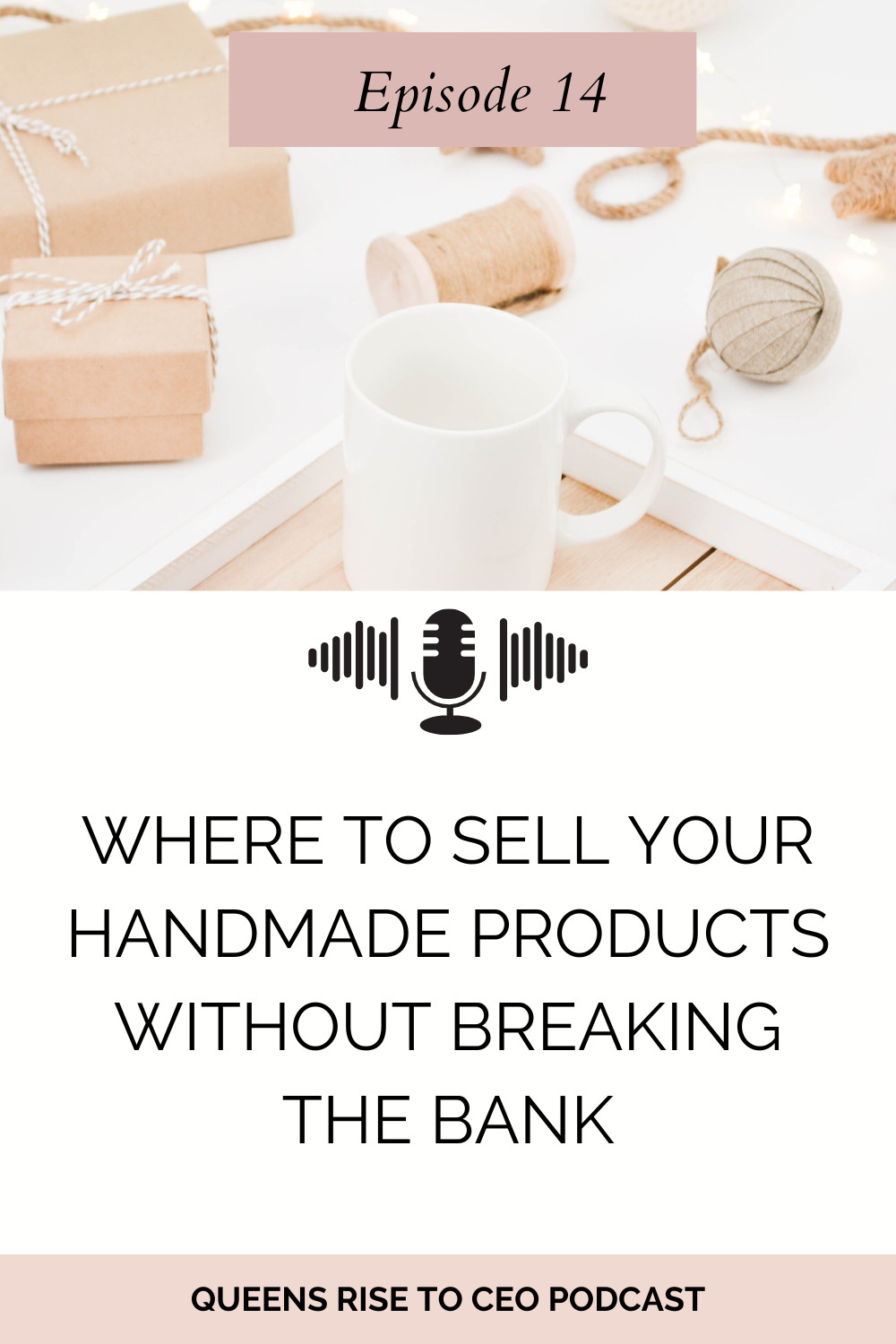
So you’ve decided you want to start your handmade business, but now you’re asking the big question: where do I actually sell my products without breaking the bank? I remember being in that same spot when I first started. I wanted to get out there and sell, but I didn’t want to invest hundreds of dollars into a show that I wasn’t even sure would work for me.
When you start looking at events, you’ll notice there are three levels of craft shows. You’ve got the small community shows, the mid-range shows, and the big three-day, high-ticket ones. Those large shows can run you six to seven hundred dollars just to get a space. The mid-size ones are usually around $150 to $200, and they run about two days. And then you’ve got the smaller shows—those are often $30 to $50 and just one day long. If you’re new, my best advice is to start small. Look for community center shows. They’re affordable, usually one day, and they’re the perfect way to get your feet wet and see how people respond to your products.
When you’re picking your spot, make sure you get a good size space. A six by six booth sounds fine until you try to fit a table, your display, a chair, and space to collect money—it gets tight real quick. If you have the option, go for at least an eight by six or a ten by ten booth. It may cost a little more, but it will give you breathing room and space to display more of your work.
Now let’s talk about what you need to bring. Number one: business cards. Do not forget them. They don’t have to be fancy or expensive—you can make them at home or get them printed at Office Depot or Vistaprint. Just have something that people can take with them, even if they’re not ready to buy on the spot. Bring plenty of change because trust me, everyone pays with a $20 bill. Pack snacks and drinks because once the show starts, you may not have a break to grab food. And here’s one mistake I learned the hard way—don’t bring a book. I used to sit and read while waiting, and people would walk right past me. They didn’t want to interrupt, so they’d glance at my table and keep moving. Instead, bring a notepad so you can jot down ideas, but always look up, smile, and greet people who pass by. A simple “Good morning” or “How are you?” can be the difference between someone walking on or stepping into your booth.
Make sure your display reflects you and your brand. Keep it neat, keep it presentable, and absolutely, positively put price tags on everything. I can’t tell you how many times I lost sales because I hadn’t priced items in time. People don’t always want to ask; they’ll just put it down and walk away. If everything is tagged, you don’t risk losing those easy sales.
Here’s another secret I learned over the years. Before every show, I would tag everything and write it down in a notebook—what the item is, how many I have, and the price. Then, when someone bought something, I’d keep the tag. That way I knew exactly what sold, how many I had left, and I could track my inventory without guessing at the end of the day. It also made tax time so much easier.
Speaking of pricing—stand firm in what your product is worth. Don’t let someone talk you down because “all they have is $15.” If your item is $20, then it’s $20. Handmade products take time, money, and heart to create, and you deserve to be paid fairly for them. On the flip side, if you start to notice people saying, “Oh wow, that’s a great price,” you might actually be undercharging. Pay attention to those comments because they’re clues about how your pricing can evolve.
And finally, don’t be afraid to get out there. Look around your community for small craft shows, schools, and community center events. If you’re just getting started, those one-day, $50 shows are a fantastic way to learn, connect with customers, and build your confidence. Later, if you want to try bigger shows that cost more and pull in bigger crowds, you can—but start where you are and grow from there.
The bottom line? Your beautiful handmade products aren’t going to sell themselves sitting in your craft room. Get out there, show up for your business, and give yourself permission to start small. You’ll learn so much, and with each show, you’ll get better at setting up, connecting with people, and selling your products with confidence. You’ve got this.
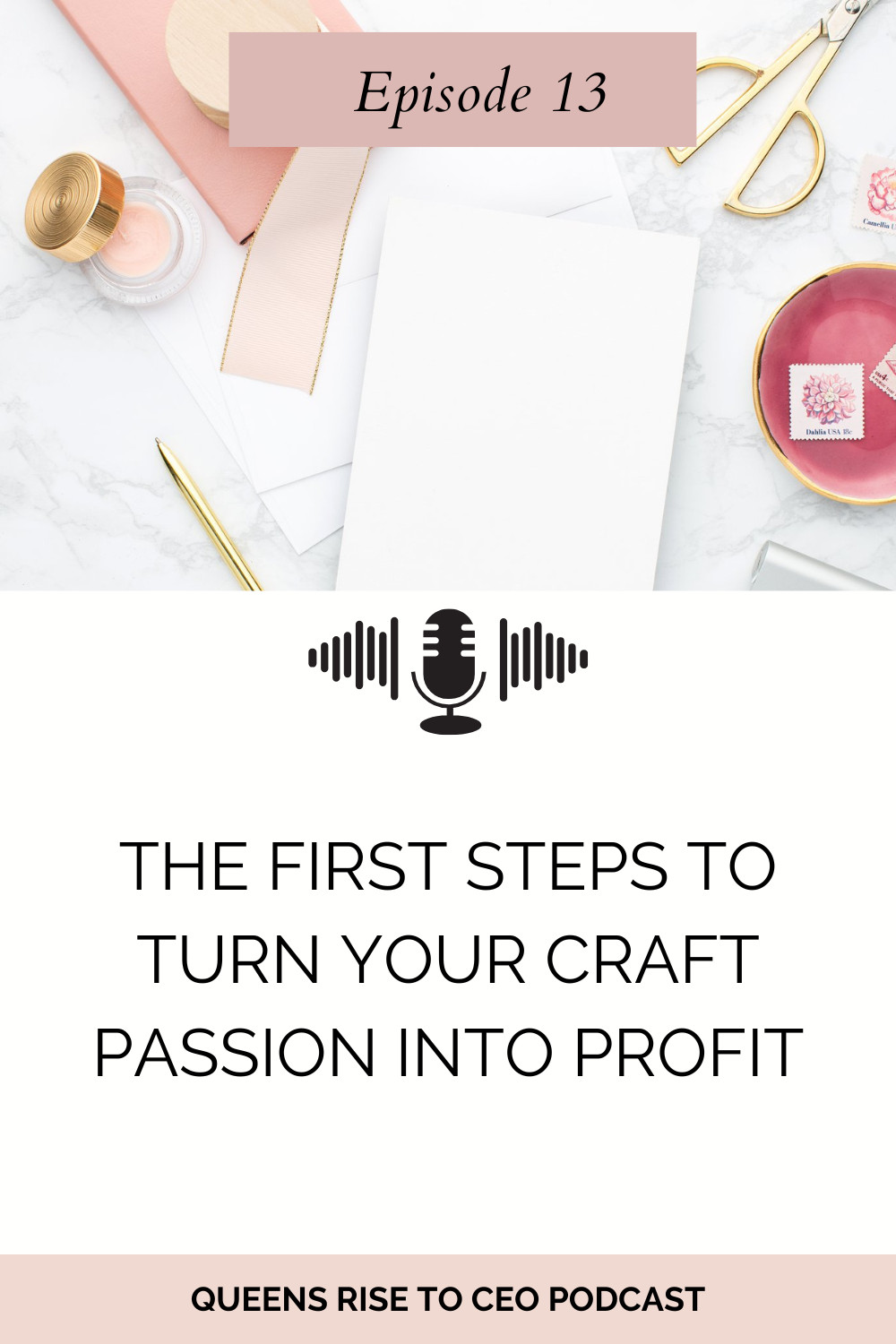
Have you ever had that moment where you made something with your hands and thought, “I wonder if people would actually pay for this?” I think so many of us have been there. Maybe you’ve been told, “Oh, that’s just a nice hobby,” or brushed off with a smile that made you feel like your dream wasn’t worth taking seriously. I’ve been there too. But here’s the truth: those little creative sparks you have? They’re not random. They’re invitations to something bigger.
When I first started, I had no idea what I was doing. I was crocheting hats and scarves—though honestly, I could barely remember the stitches—and selling them at craft shows. Sometimes I’d spend hours on one piece only to walk away with five dollars in my pocket. It was discouraging, and I questioned myself more than once. But there was also this undeniable joy in creating, in seeing someone’s face light up when they held something I made. That joy kept me going.
Over time, my path shifted. I moved from crocheting to sewing, learning new skills and meeting other crafters who inspired me along the way. I still remember buying my very first sewing machine—a little Singer for $99—and feeling like I was holding the key to a whole new world. I made my first chubby bunny doll and thought, “This is it. This is where the journey really begins.” Looking back, that little doll opened the door to so much more than I could have imagined.
But here’s what I’ve learned: this isn’t an overnight success kind of thing. There were seasons where I kept a 9–5 job because the craft shows weren’t enough. There were times when I opened a gift shop and thought I had “made it,” only to have life pull me in a different direction. It hasn’t been perfect or easy—but every twist and turn has taught me something valuable.
And through it all, the most important lesson has been this: your passion is worth the effort. There will be days when you doubt yourself. There will be people who don’t understand. But if you keep showing up, if you keep creating, and if you keep that spark alive, the money does follow. Maybe not right away, maybe not in the way you expect—but it flows when you lead with love for your craft.
So if you’re sitting there wondering if it’s possible, I want you to know—it is. You don’t have to have it all figured out. You just have to start, keep learning, and trust that the work you’re doing is building something beautiful.
Because here’s the little secret no one tells you: the first step to turning your passion into profit isn’t about money at all—it’s about believing that your creativity is worth something. And once you believe that, everything else has a way of falling into place.
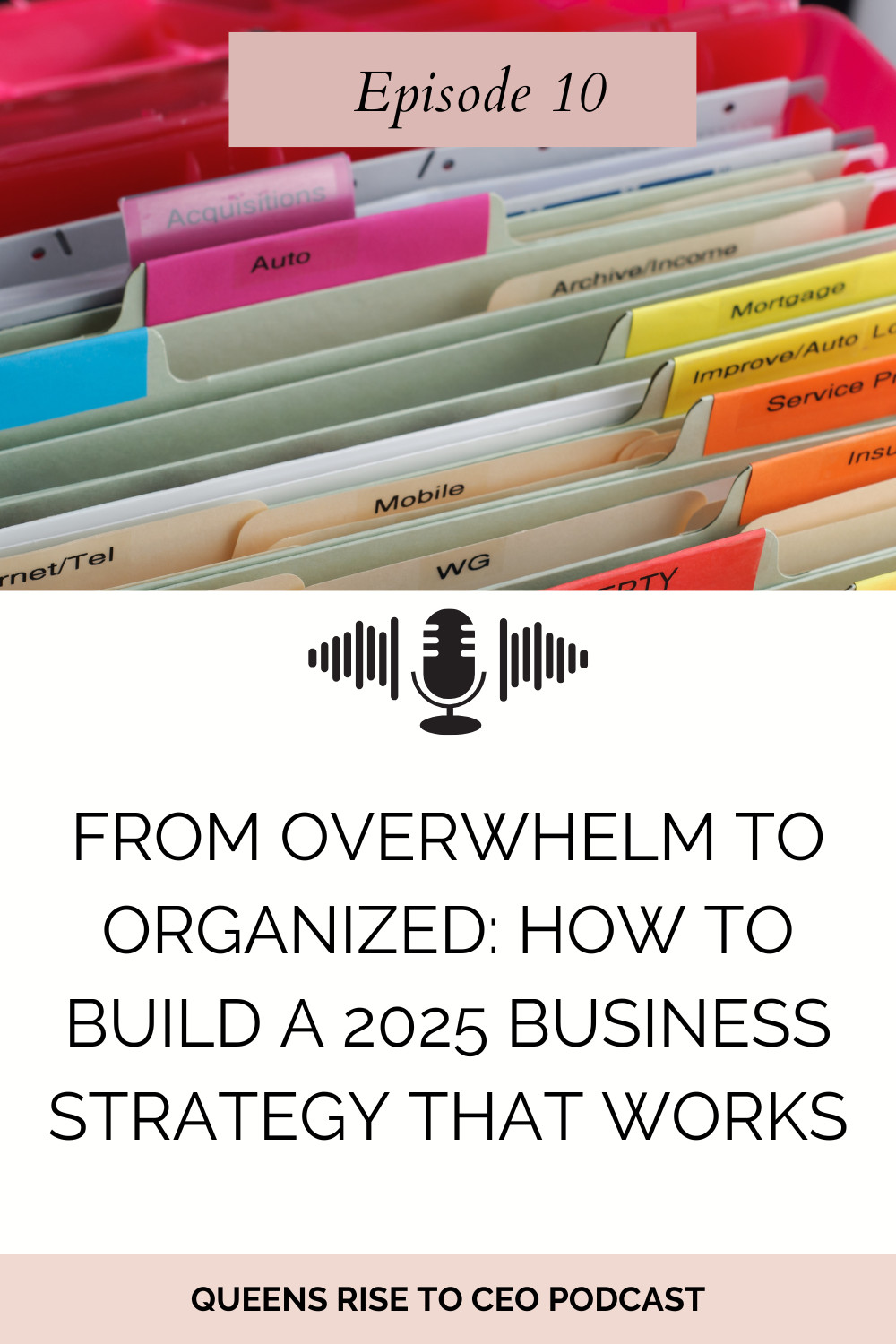
As a new year approaches, it’s easy to feel a mix of excitement and dread about what lies ahead. You’ve got big goals and an even bigger vision for your business, but just thinking about creating a strategy feels overwhelming. Where do you even begin when your to-do list is endless, and time feels like your biggest enemy?
The good news? Building a business strategy that works doesn’t have to leave you feeling stuck or spinning in circles. With the right approach, you can go from feeling overwhelmed to confidently organized—and ready to tackle 2025 like the boss you are. Here’s how to create a strategy that turns your goals into actionable steps while keeping your sanity intact.
Start with your Big Picture Vision
Before diving into the details, take a moment to zoom out and dream big. What do you want your business to look like by the end of 2025? Think beyond numbers—consider your impact, lifestyle, and the kind of work that lights you up.
Once you’ve clarified your vision, reverse-engineer it. Break that big-picture goal into smaller milestones and tasks that will move the needle forward. By starting with the end in mind, you’ll have a clear roadmap instead of feeling like you’re wandering aimlessly.
Prioritize, Then Plan
The number one cause of overwhelm? Trying to do everything at once. Instead, focus on what will make the biggest difference for your business. What are the top three priorities that will help you reach your vision?
Once you’ve identified your priorities, map out a quarterly or monthly plan to tackle them. This structure will help you focus on fewer things at a time, giving you the bandwidth to do them well instead of juggling too much and getting stuck.
Simplify Your Tools and Systems
The right tools can make or break your strategy. If your current systems are too complicated or spread across too many platforms, it’s time to simplify. Choose one or two tools that work best for your workflow and stick with them.
For example, project management tools like Trello or Asana can help you stay organized, while a simple calendar can keep you on track with deadlines. The key is finding tools that make your life easier, not more stressful.
Build Flexibility into Your Plan
A rigid strategy often leads to burnout. Life happens, and business plans need to adapt. Schedule regular check-ins—monthly or quarterly—to evaluate what’s working and what isn’t.
Give yourself permission to pivot if something isn’t serving your goals. Flexibility doesn’t mean abandoning your strategy; it’s about adjusting to stay aligned with your vision and values.
Focus on Progress, Not Perfection
It’s tempting to wait until you’ve figured out every detail before taking action, but perfectionism is the enemy of progress. A strategy that works is one you can actually implement, even if it’s not flawless.
Celebrate small wins along the way and learn from the bumps in the road. Remember, building a business is a journey, not a race. Consistent action over time will always outperform waiting for the perfect plan.
Conclusion: Create a Strategy that Empowers You
With a clear vision, focused priorities, simplified systems, and flexibility, you can build a 2025 business strategy that truly works for you. The goal isn’t to create a rigid set of rules but a framework that empowers you to move forward with clarity and purpose.
Let this be the year you leave overwhelm behind and step confidently into a more organized, successful version of your business. What’s the first step you’ll take to make it happen?

As I sat sipping lemon ginger tea on Christmas Eve, reflecting on both my craft business and my coaching business, I had to get real with myself: some of my 2024 strategies worked, and some didn’t. And that’s okay.
Like many of you, I’ve had seasons where I didn’t show up consistently. In fact, I took three months completely off from my craft business — and let’s be honest, that was thousands of dollars I could have earned, gone. As a coach, I’ve had steady clients, but even then, you always have to think about what’s next. When those contracts wrap up, how will you continue to attract new clients?
That’s what got me thinking about a business resolution for 2025. Instead of just creating New Year’s resolutions like eating healthier or hitting the gym, I want you to consider making resolutions for your business. What strategies need to shift? What outdated habits do you need to release? And what new approaches can you embrace so your business can truly thrive?
Why Business Resolutions Matter
As entrepreneurs, we love to plan. But sometimes our “plans” end up as overthinking instead of action. Creating a business resolution grounds you in clear, intentional strategies for growth.
For example:
- Are you creating a content strategy that actually leads people toward your offers?
- Do you know where your last client came from? (Did you ask them?)
- Are you showing up where your ideal clients actually hang out — or just where it feels comfortable?
The truth is, strategies shift. What worked in 2022 or 2023 doesn’t necessarily work now. Social media is changing fast. Algorithms limit your reach. And if you’re relying on platforms you don’t control, you might be holding your business back.
My Own 2025 Shift
Here’s me being fully transparent: I’m switching things up in 2025.
For years, I leaned heavily on Facebook. But between constant algorithm changes, warnings that made no sense, and content that rarely reached my audience, I knew I couldn’t keep building on shaky ground.
So here’s my new focus:
- Podcasting (hello, you’re reading this from Queens Rise to CEO! 💕)
- YouTube for evergreen content that works long after it’s published.
- And yes, still keeping a presence on Facebook — but shifting my energy into platforms that give me longevity and control.
This is my business resolution: to build a strategy that isn’t dependent on algorithm luck, but on consistent, evergreen connection.
Questions to Ask Yourself for 2025
If you’re ready to create your own business resolutions, here are a few reflection points:
- What do I need to stop doing?
Maybe it’s overthinking. Maybe it’s showing up inconsistently. Maybe it’s pouring energy into a platform that doesn’t serve you anymore. - Where do I need to be more consistent?
Is it weekly content? Booking discovery calls? Reaching out to boutiques or booking craft shows? - Am I aligning my content with my offers?
Every post, video, or podcast should move your audience a step closer to working with you. - Am I willing to embrace new strategies?
Whether it’s starting your own podcast, testing YouTube, or joining a mastermind, be open to change.
A Word for My Crafters
If you’re a maker, your 2025 strategy should include quality craft shows. Do your research — skip the brand-new shows with low traffic. Instead, invest in shows that have been around for years and know how to advertise. The right venue can mean the difference between a $200 day and a $2,000 day.
And don’t forget: build your community, not just your sales. If you open a Facebook group for your products, ask fun, engaging questions about your customers’ preferences (like favorite colors or styles). Get the right people in, not just more people.
My Biggest Lesson of All
One of the best lessons I’ve ever learned from my own coach is this:
👉 You can’t want someone’s success more than they do.
👉 You can’t want someone’s success more than they do.
That applies to your clients — and it applies to you. If you’re half-in, your results will be half-there. But if you commit fully to your 2025 business resolution, your future self will thank you.
So here’s my challenge: take some time this week to write down your own business resolution. Make it specific, make it doable, and most importantly — commit to it.
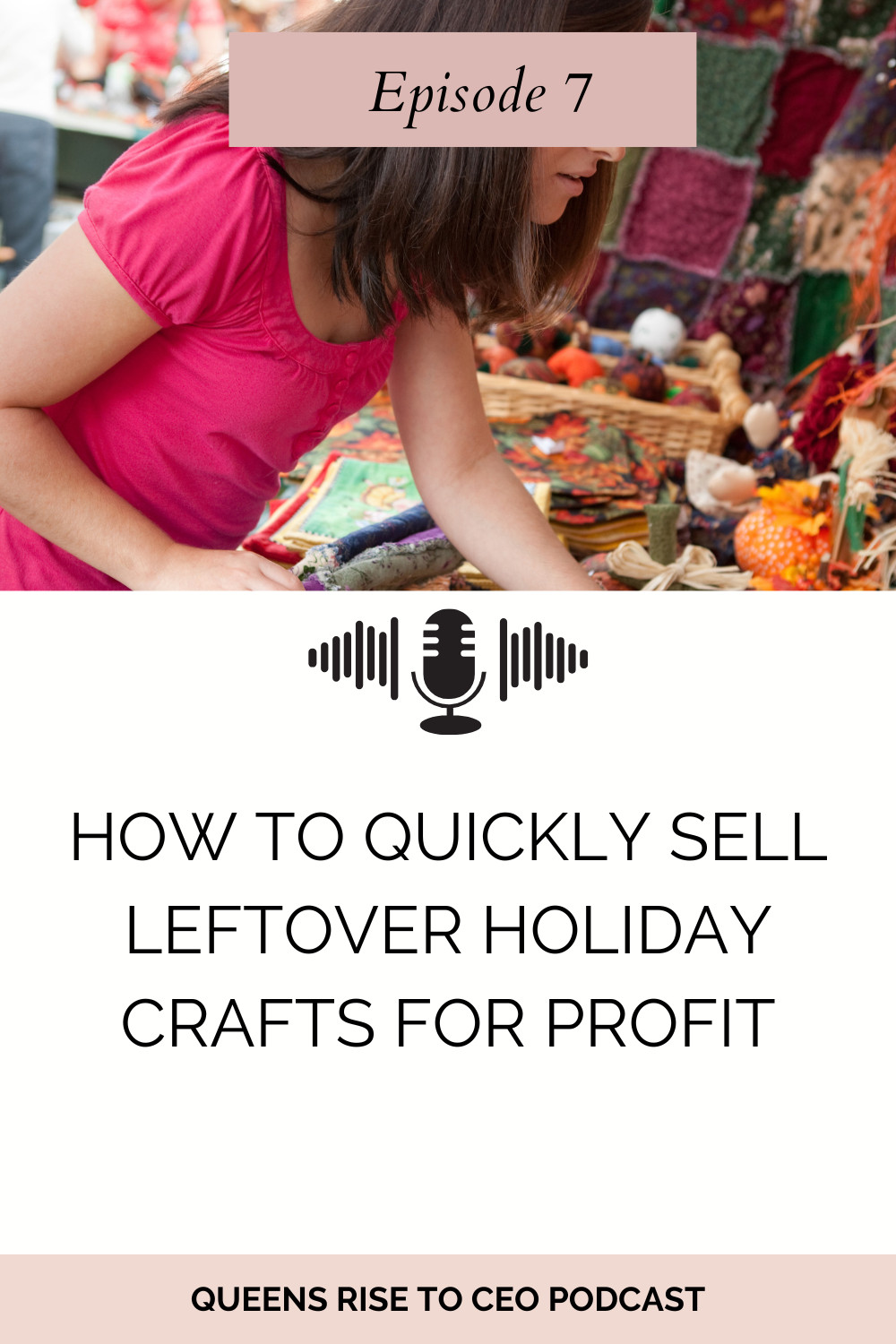
In this episode I will be diving deep into the art of repurposing and revitalizing leftover inventory. Acknowledging the familiar sight of unused products tucked away in craft rooms, here are some practical tips to transform these items into profitable ventures.
Whether it's adding new touches, rebranding as signature pieces, or exploring tax implications, she guides listeners through thoughtful strategies to monetize their creativity effectively.
1. Refurbish and Enhance Existing Inventory
One of the easiest ways to maximize profit from leftover inventory is to refurbish and enhance existing products. Take a look at your unsold items and consider what small additions or modifications could make them more appealing.
Adding a decorative element like a hang tag, a bow, or even some new colors can transform an item’s look and feel. For example, a seemingly plain piece of jewelry can become a bestseller with a splash of vibrant color or an additional charm. By giving your products a fresh twist, you can attract new customers without significant additional costs.
2. Market Unique Selling Points
Items that haven’t sold can often be repositioned as unique, one-of-a-kind pieces. Highlighting the exclusivity of these products can create a sense of urgency and desirability among buyers. Use terms like "signature piece" or "limited edition" to convey the uniqueness of your items. Adding a special card or a personalized note can further enhance their value. By marketing these products as unique, you tap into a niche market that values individuality and exclusivity, making it easier to sell items that might otherwise gather dust.
3. Leverage Tax Benefits
Understanding the tax implications of leftover inventory can also help maximize your profit. Research whether your unsold items can be written off as a business expense. The cost of materials, labor, and even the initial retail price might be considered when filing taxes. Although it requires some research and possibly consulting with a tax professional, leveraging these benefits can provide financial relief and offset some of the losses from unsold inventory. This strategy not only helps clear out old stock but also ensures that you’re financially savvy about your crafting business.
4. Reuse and Recycle Materials
For crafters, materials are often a significant expense. If some of your products can't be sold as they are, consider taking them apart and reusing the materials for new projects. For example, fabric, buttons, and stuffing from unsold dolls can be used in creating new, more desirable products. This approach not only reduces waste but also cuts down on the cost of new materials, ultimately increasing your profit margins. Being resourceful with your materials is a key strategy in maintaining a profitable crafting business.
5. Strategic Inventory Planning
Finally, strategic planning of your inventory can prevent future excess. Analyze which items have consistently sold well and which have not. This analysis can inform your production decisions, ensuring that you create more of what sells and less of what doesn’t.
By aligning your inventory with market demand, you minimize the risk of overproduction and maximize your chances of selling your entire stock. This proactive approach helps in maintaining a lean and profitable inventory, ensuring that you’re always catering to your customers’ preferences.
Maximizing profit from your extra craft inventory requires creativity, strategic thinking, and a willingness to adapt.
By refurbishing products, highlighting unique selling points, understanding tax benefits, reusing materials, and planning inventory strategically, you can turn your leftover items into profitable opportunities.
Embrace these strategies, and watch your crafting business thrive.

For creative women and new coaches, stepping into the world of high-level craft shows can be a game-changer. These events not only provide a platform to showcase your work but also offer invaluable opportunities to connect with a broader audience, gain credibility, and significantly boost your sales.
However, getting into these prestigious events requires more than just talent – it demands a strategic approach, meticulous preparation, and a keen understanding of what show organizers are looking for.
Whether you're an artist, crafter, or creative coach, breaking into the realm of high-level craft shows can seem daunting.
But with the right preparation and mindset, you can navigate this journey successfully. Here are some key strategies to help you stand out and secure a spot in the top-tier craft shows.
1. Research and Select the Right Shows
Not all craft shows are created equal, and choosing the right ones to apply for is crucial. Start by researching shows that align with your style and target audience. Look for events known for their high attendance, reputable organizers, and strong marketing efforts. Websites like Zapplication and Juried Art Services provide comprehensive lists and details of upcoming shows.
Understand the Requirements: Each show will have specific entry requirements and judging criteria. Make sure to thoroughly read the guidelines and tailor your application accordingly.
Analyze Previous Shows: Look at past events to gauge the type and quality of work that gets accepted. This will help you understand the standard you need to meet and exceed.
2. Perfect Your Application
Your application is your first impression, so it needs to be impeccable. High-level craft shows receive numerous submissions, and you want yours to stand out for all the right reasons.
Professional Photos: Invest in high-quality, professional photographs of your work. Clear, well-lit images that highlight the details and craftsmanship can make a significant difference.
Compelling Artist Statement: Write a compelling artist statement that not only describes your work but also tells your story. Explain your inspiration, process, and what makes your creations unique.
Consistent Branding: Ensure that your branding is consistent across all materials. This includes your application, website, social media, and any promotional items.
3. Prepare Your Inventory and Display
Once you've been accepted into a high-level craft show, preparation is key to making the most of the opportunity.
Show-Ready Inventory: Make sure you have enough inventory to meet the potential demand. High-level shows attract large crowds, and you don't want to run out of products.
Eye-Catching Display: Your booth should be visually appealing and professional. Invest in quality display materials and consider the layout carefully to attract and engage visitors.
Pricing Strategy: Have a clear pricing strategy that reflects the value of your work and is competitive with similar artists at the show.
4. Network and Engage
High-level craft shows are not just about selling your work; they're also about building connections and expanding your network.
Interact with Attendees: Engage with visitors to your booth. Share the story behind your work and be genuinely interested in their feedback and questions.
Connect with Fellow Artists: Networking with other artists can provide valuable insights, collaborations, and support.
Follow Up: Collect contact information and follow up with potential customers and collaborators after the show. Building a relationship can lead to future sales and opportunities.
5. Evaluate and Improve
After the show, take time to evaluate your experience and identify areas for improvement.
Assess Sales and Feedback: Analyze your sales data and any feedback received to understand what worked and what didn't.
Refine Your Approach: Use this information to refine your approach for future shows. Whether it's adjusting your display, tweaking your product line, or improving your sales pitch, continuous improvement is key.
Plan for the Next: Start planning for the next show early. Use your learnings to make your next application and participation even more successful.
Getting into high-level craft shows requires effort, strategy, and dedication, but the rewards are well worth it.
By taking a thoughtful and professional approach, you can elevate your creative business, gain exposure, and connect with a broader audience.
So, gear up, prepare meticulously, and step into the exciting world of high-level craft shows with confidence!

In this episode, we're diving deep into the world of medium-sized craft shows. These shows are a step up from the smaller ones, typically spanning two days, requiring set up on a Thursday with shows on Friday and Saturday, or set up on a Saturday with shows on both Saturday and Sunday. We'll explore how much inventory you should have, whether these shows are worth your time and money, and share tips to ensure your success.
Understanding Medium-Sized Craft Shows
Medium-sized craft shows are a significant step up from smaller, community-based events. These shows usually run for two days and attract a larger audience, which means more potential customers for your products. The setup typically begins the day before the event, giving you ample time to arrange your booth and ensure everything looks perfect. These shows often have a higher entry fee, but the increased foot traffic and sales opportunities can make them well worth the investment.
Inventory Essentials: What to Bring
One of the key elements to success at a medium-sized craft show is having the right amount of inventory. You want to ensure you have enough products to last both days of the show. It's essential to consider that the busiest day is usually the first full day of the event. For instance, if the show runs Friday and Saturday, Friday will likely see the most traffic. A good rule of thumb is to have at least 24 to 30 items, allowing you to sell out on the first day and still have products for the second day. Always plan for the possibility of multiple purchases from a single customer.
Finding and Evaluating Craft Shows
Choosing the right medium-sized craft show to participate in requires some research. Look for shows that have been established for several years, as they are more likely to attract a consistent crowd. Newer shows might be less predictable in terms of attendance and sales. Always ask the event promoter about expected attendance and advertising efforts. A well-advertised show with a confident promoter is more likely to yield a good turnout, making your investment worthwhile.
Preparing for the Physical Demands
Medium-sized craft shows can be physically demanding, so it's crucial to be prepared. Make sure you have a trolley or cart to help transport your items from your vehicle to your booth. Plan to arrive early to secure any communal trolleys that might be available. Additionally, pack a change of clothes, snacks, and drinks to keep you energized throughout the day. The setup and takedown process can be exhausting, so taking care of your physical well-being is vital to ensure you can remain enthusiastic and engaging with your customers.
Leveraging Networking Opportunities
One of the hidden benefits of participating in medium-sized craft shows is the opportunity to network with other vendors. Building relationships with your fellow crafters can provide valuable insights into other successful shows and potential collaborations. Vendors often have first-hand knowledge about which shows are worth attending and which ones to avoid. They can also offer support, such as watching your booth if you need a quick break. Make a point to chat with the vendors around you and exchange information about future events.
Embracing the Learning Experience
Every craft show is a learning experience, whether it's a smashing success or a disappointing flop. Use each event to gather information on what works best for your setup, inventory, and customer engagement strategies. Pay attention to which products attract the most interest and refine your approach based on feedback.
Remember, even less successful shows provide valuable lessons that can help you improve and grow your business. Keep a positive attitude, and view each show as a stepping stone toward greater success.
In conclusion, stepping up to medium-sized craft shows can be a fantastic way to grow your business and reach a broader audience.
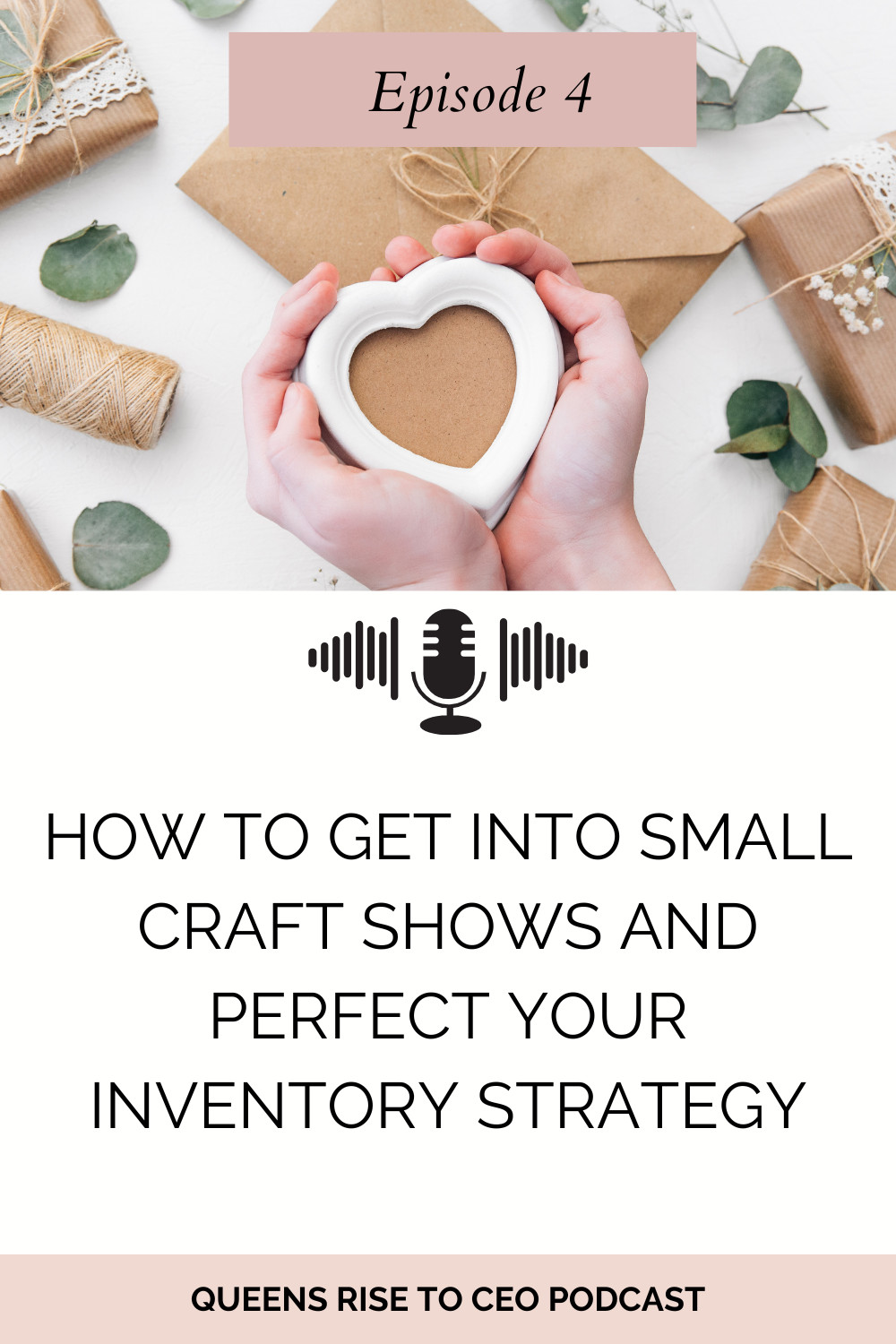
Welcome back, creative queens! In today's episode, we're diving into the world of small craft shows. Whether you're just starting out or looking to refine your approach, this episode will be your go-to guide. We'll explore the essentials of preparing for small craft shows, from choosing the right events to managing your inventory effectively. By the end of this episode, you'll be ready to showcase your creations with confidence and turn your passion into profit.
Craft shows are an excellent way to connect with your community, gain exposure, and make sales. However, it's crucial to start small and gradually work your way up to larger events. We'll discuss the benefits of starting with small craft shows, how to find them, and what to expect. Additionally, I'll share tips on how to create an eye-catching display and ensure you have enough inventory to meet customer demand without overwhelming yourself. So, grab your favorite beverage, a pen, and some paper, and let's dive into the first part of our craft show series!
Why Start with Small Craft Shows?
Small craft shows are the perfect entry point for new crafters and creative entrepreneurs. They provide a low-risk environment where you can test the waters and gain valuable experience without the significant investment required for larger events. At small craft shows, you can interact directly with customers, receive immediate feedback on your products, and refine your sales pitch. This hands-on experience is invaluable and helps build confidence as you grow your business.
Finding the Right Small Craft Shows
Locating the right small craft shows can make a big difference in your success. Start by looking for events in your local area, such as those held at high schools, community centers, or local markets. Websites like Eventbrite, local community boards, and social media groups dedicated to craft fairs can be excellent resources. When selecting a show, consider factors such as the event’s reputation, duration, and attendee demographics to ensure it aligns with your target market.
Preparing Your Inventory
One of the biggest challenges in participating in craft shows is determining how much inventory to bring. For a one-day small craft show, aim to bring 8 to 10 pieces of each product. If the event spans two days, consider increasing your inventory to 12 pieces per product. This ensures you have enough items to meet customer demand while avoiding excess stock. Additionally, make sure to bring a variety of products to appeal to different tastes and preferences.
Creating an Eye-Catching Display
Your display plays a crucial role in attracting customers to your booth. Invest in a professional-looking tablecloth that reaches the floor, allowing you to store extra inventory discreetly. Arrange your products at eye level to make them easily visible, and use display stands or risers to add height and dimension to your setup. An attractive, well-organized display not only draws people in but also makes it easier for customers to browse and shop.
Tips for a Successful Craft Show Experience
To make the most of your craft show experience, consider these additional tips:
- Collect Email Addresses: Use a sign-up sheet or tablet to gather email addresses from interested customers. This helps build your mailing list and keeps potential customers engaged with your brand.
- Take Special Orders: Be prepared to take special orders if you run out of popular items. Have a system in place to record customer information, take deposits, and communicate about order status.
- Stay Hydrated and Snack Smart: Craft shows can be long and exhausting. Bring plenty of water and healthy snacks to keep your energy levels up throughout the day.
- Engage with Customers: Smile, be approachable, and ready to talk about your products. Genuine interactions can lead to sales and repeat customers.
Starting with small craft shows is a fantastic way to introduce your products to the market, gain experience, and build your customer base. By following these tips and being well-prepared, you'll be on your way to successful craft show experiences and growing your creative business. Stay tuned for the next parts of our series, where we'll delve into medium and large craft shows, ensuring you're prepared for every step of your craft show journey. Happy crafting!




